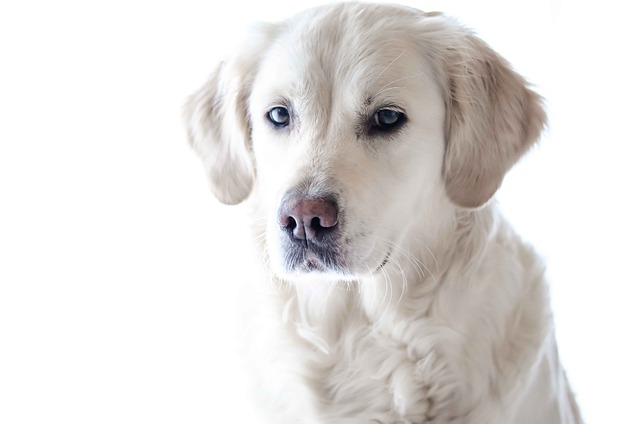
How to get rid of labrador smell?
Labrador owners often notice that distinct, earthy smell lingering on couches or their favorite sweaters—especially after a romp in the park or a dip in the neighborhood pond.
Finding clumps of your dog’s fur on the couch or stuck to your clothes isn’t always normal—if it’s more than the usual seasonal shed, it’s time to act. First, check their diet: many vets across Europe and North America recommend food with omega-3 fatty acids, like salmon oil, to strengthen hair follicles. A friend’s golden retriever in Oregon stopped losing fur after switching to a grain-free kibble (approved by the AAFCO, a key standard here) because grains were triggering mild allergies.
Grooming habits matter too, but skip harsh brushes that irritate skin—opt for rubber curry combs, a favorite among UK dog owners for double-coated breeds like Huskies. In some U.S. states, professional groomers must be certified to use deshedding tools, as improper use can damage a dog’s undercoat. Brushing 2-3 times a week not only removes loose fur but also lets you spot skin issues like redness or fleas early.
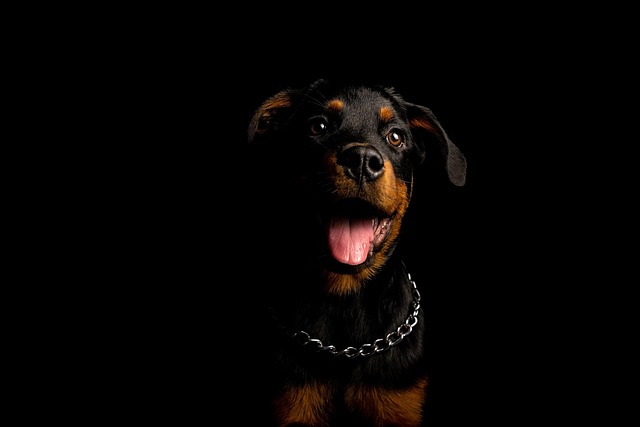 Fleas and ticks are a big cause of excessive hair loss, and local laws often require preventive treatment. For example, in parts of France, dogs must have year-round flea meds to stop the spread of tapeworms. Even indoor dogs aren’t safe—fleas can hitch a ride on your shoes. Look for products labeled with EPA approval in the U.S. or CE marking in the EU to ensure they’re safe and effective.
Fleas and ticks are a big cause of excessive hair loss, and local laws often require preventive treatment. For example, in parts of France, dogs must have year-round flea meds to stop the spread of tapeworms. Even indoor dogs aren’t safe—fleas can hitch a ride on your shoes. Look for products labeled with EPA approval in the U.S. or CE marking in the EU to ensure they’re safe and effective.
Stress can also lead to hair loss, thanks to a behavior called “over-grooming.” If your dog licks or chews one spot nonstop, it might be anxious—try adding puzzle toys or short walks to their routine. A trainer in Ontario told me that increasing mental stimulation reduced hair loss in a Shih Tzu whose owner worked long hours. Avoid sudden changes to their schedule, too—dogs thrive on consistency, and stress from moves or new pets often shows up in their fur.
Always rule out health issues with a vet visit. Thyroid problems or hormonal imbalances are common causes of hair loss, and in the EU, vets must follow strict diagnostic guidelines to avoid misdiagnosis. Some treatments, like medicated shampoos, require a prescription, so never use human products—they can dry out a dog’s skin and make loss worse.
With the right mix of diet, grooming, and vet care, you can cut down on excessive hair loss. Keep an eye on seasonal changes, too—spring and fall sheds are normal, but sudden clumps mean it’s time to investigate. By staying compliant with local pet health laws and tuning into your dog’s needs, you’ll keep their coat shiny and their skin healthy for years.

Labrador owners often notice that distinct, earthy smell lingering on couches or their favorite sweaters—especially after a romp in the park or a dip in the neighborhood pond.

You’ve lathered them up three times this week, rinsed until the water runs clear, and even used that fancy lavender shampoo they used to love—but the second they shake off, that same stubborn smell comes right back.
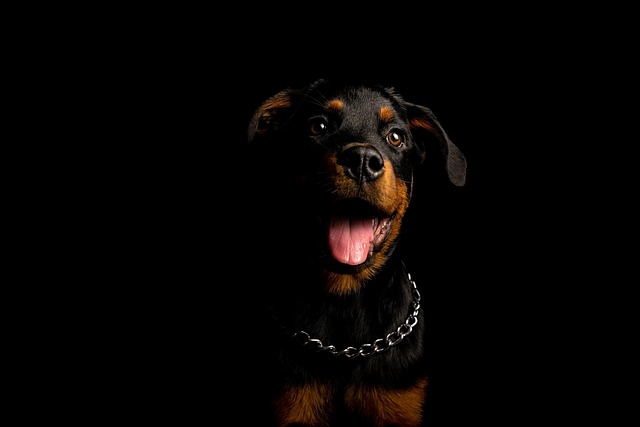
Finding clumps of your dog’s fur on the couch or stuck to your clothes isn’t always normal—if it’s more than the usual seasonal shed, it’s time to act.
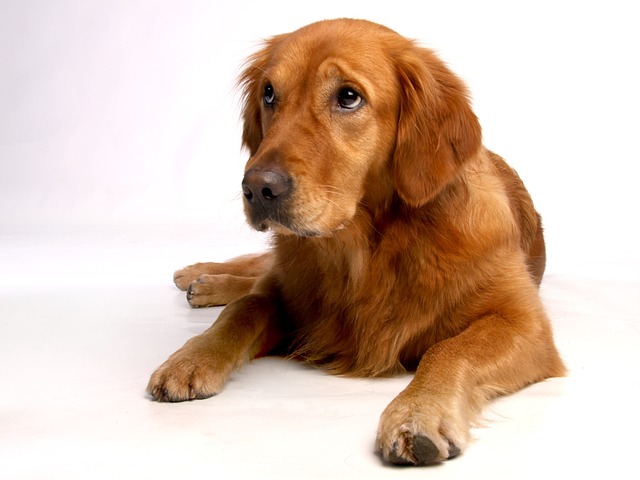
If you’re a new dog parent in the US—maybe you’re sitting on your Philadelphia apartment couch, gently holding your 9-month-old Shih Tzu
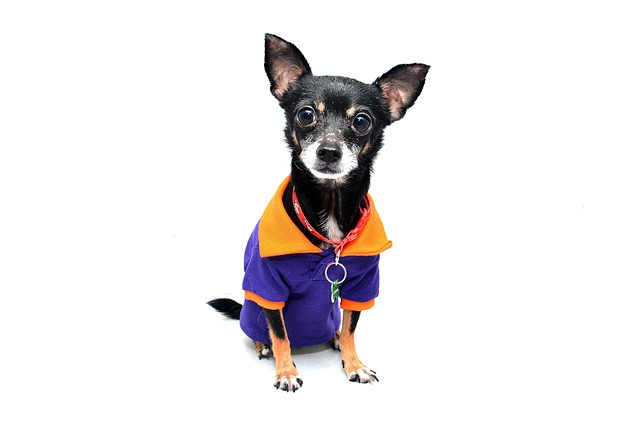
A smelly dog can turn your cozy evening on the couch into an unpleasant experience, but rushing to the tub too often might do more harm than good.
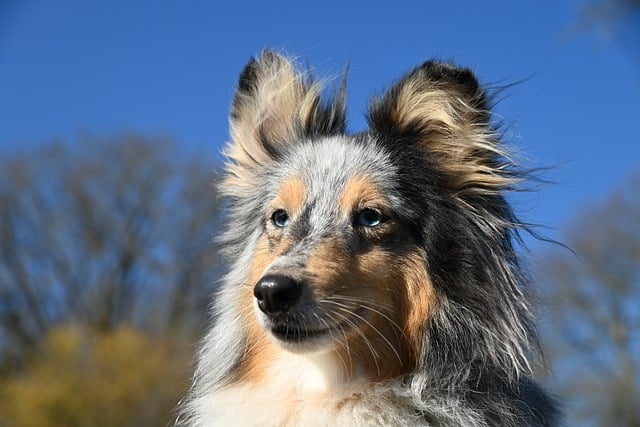
Run your hands along your German Shepherd’s sides—if you can feel their ribs, spine, or hip bones easily without pressing hard, that’s a common sign they’re too skinny.